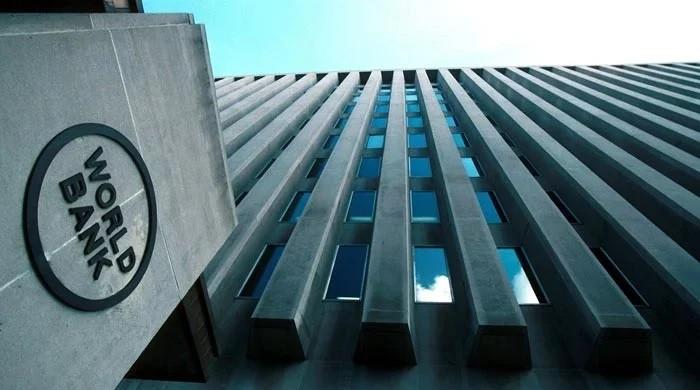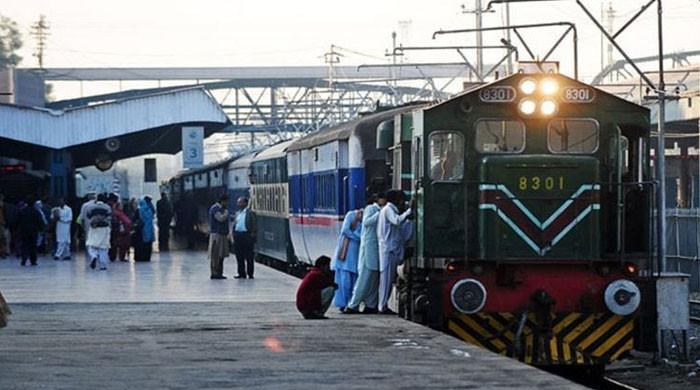Rupee sinks on concerns over balance of payments
The rupee has lost almost 10 percent of its value in the present fiscal year
March 20, 2018
KARACHI: The Pakistani Rupee fell five percent in the interbank foreign exchange market on Tuesday after international payments and falling reserves prompted a negative trend in the currency.
It was the first time since December 2017 when the currency fell. Economists have suggested that the rupee’s depreciation would help correct the balance of payment problem, although it would erode the purchasing power of the general public.
The rupee’s fall from 110.57 a dollar in the interbank foreign exchange market yesterday to 115 at the close of business has left the market unsettled. The 4.51 percent fall in a single day is the highest recorded depreciation in the currency’s value since 2008.
The rupee has lost almost 10 percent of its value in the present fiscal year.
The surge in dollar’s value has been attributed to Pakistan’s reliance on imported goods. The country’s trade deficit has stood at almost 20 billion dollars in the past eight months, according to statistics issued by the State Bank of Pakistan (SBP). Pakistan’s imports amount up to 35 billion dollars while the exports stand at a meagre 16 billion dollars, leaving a huge gap between the payments received and made.
Topline Securities’ analyst Mohammad Sohail believes the weakness in rupee will help correct the imbalance between the imports and exports by pushing up the country’s exports. The weakness would pent-up prices which would pinch general public but also help in addressing the current payment crisis.
But not everybody is buying this notion. Muzzamil Aslam of EFG Hermes Pakistan understands that the rupee devaluation might not curtail imports. Pakistan is expected to grow by six percent this year and since most of the country’s growth is consumption based, people would pay more for consumption and so, imports would continue to follow despite the expensive dollar.
Rehan Atiq of Shajar Capital told Geo News that a market based free-floating rate can cure the situation. The measure would initially increase volatility but eventually settle down as a market-based exchange rate would improve investments inflow, said Atiq.
The central bank has attributed the rupee’s depreciation, which it says it is closely monitoring, to the market forces. A similar statement was released by the SBP last year in December. Some foreign exchange traders believe that further pressure will be created in the market if the current situation persists.
The central bank can either opt for letting the rupee depreciate on a day-to-day basis and let the market adjust to changes or keep the parity frozen for a bigger future adjustment. Many advocate that the first option is more preferable.











